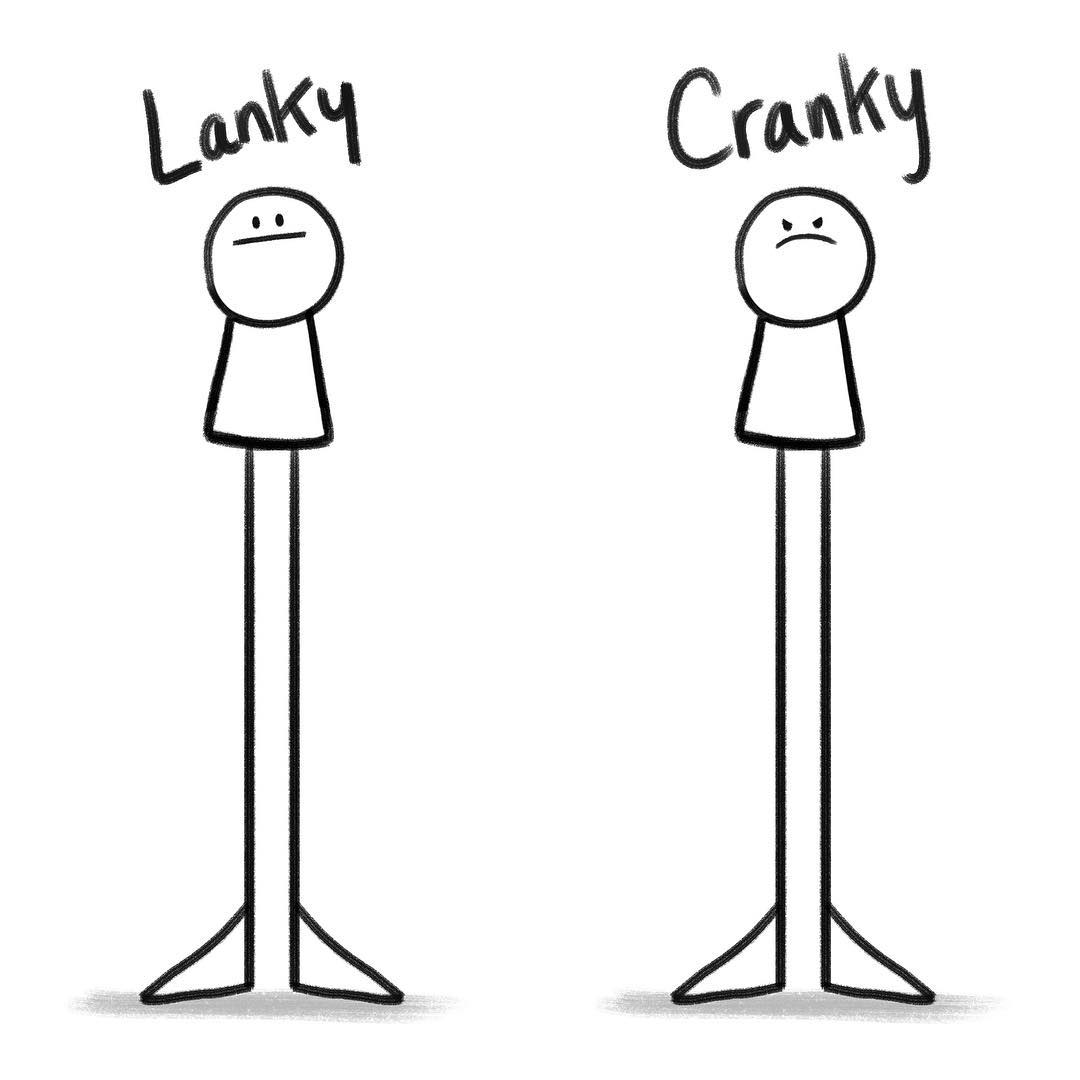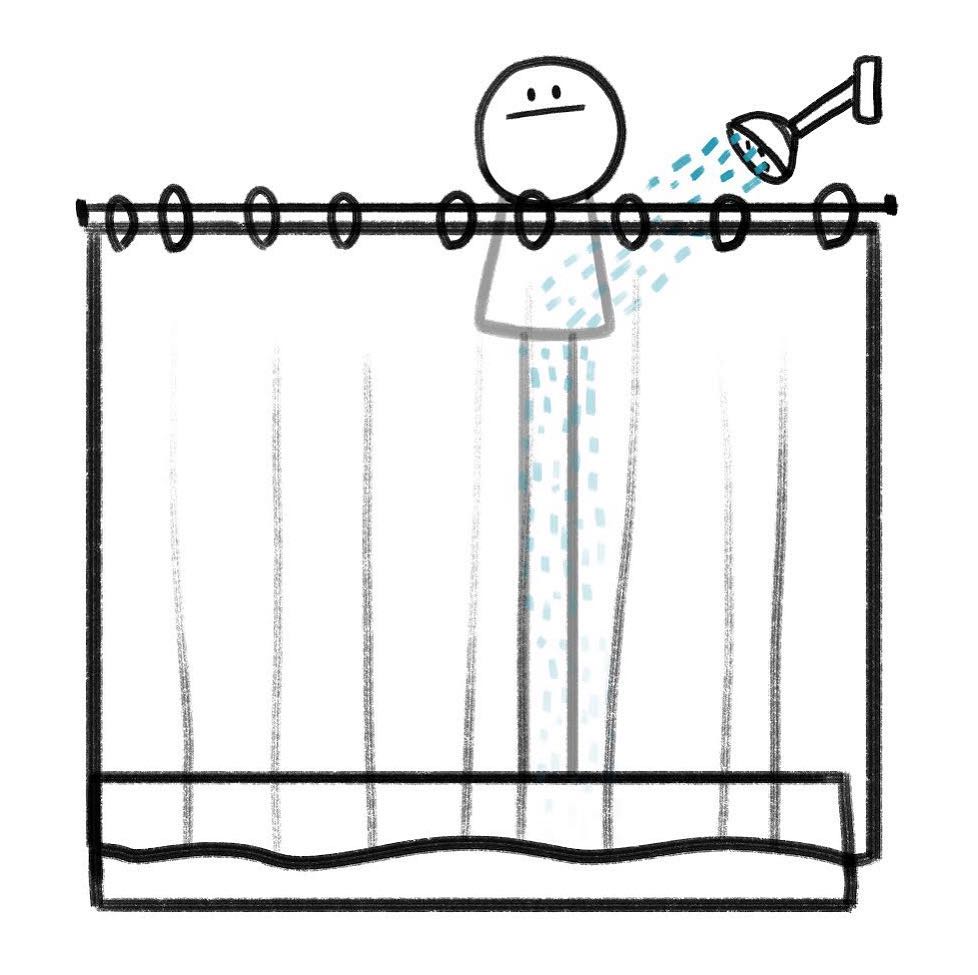J Milligan and Cassandra “Cass” Berger are…well…lanky. The dynamic co-founders of Lanky Co. met at the award-winning digital toy company Toca Boca. That collaboration has flourished into the launch of Lanky Co., a development studio for high-quality, kid-focused projects to delight and entertain audiences wherever they may be. With a cadence of colorful projects up their sleeve and vast experience working with high profile clients, Lanky is ready to take on any project.
Recently, J, Cass, and FableVision’s Tone Thyne teamed up to produce the quirky earworm that is the new Don’t Mix Us Up music videos. The series addresses the common catastrophe of mixing up things that are easily mistaken for each other but should never be confused. The result is a viral sensation, out now on Aardman studios’ new YouTube channel for teens and adults, AardBoiled.
“We’re always delighted to hear that our work stands out in the landscape of kids media, because it’s not intentional, it’s just our personalities. We never want to talk down to our audience, and humor is number one,” shares Cass. “Visually, we’re both drawn to similar things so that results in having a cohesive output. We’re not afraid to put something different out there, as long as it’s true to us.”
We sat down with the duo to talk shop, their preference for Cabbage or Lettuce, and what makes Lanky Co. so…lanky in this month’s FableFriday.
Congrats on the recent launch of Lanky Co.! Tell us more about your mission and the motivation for launching your own studio.
J: We launched Lanky because we both always wanted to have our own studio, and when our last gig came to an end we thought it was time to go for it. I’m really glad we did. Our mission is to make great stuff, add to the culture in a positive way, and focus on projects we care about.
Cass: We were both at a time in our careers where it felt right to go for it. We wanted to be creatives who have a sense of ownership for whatever work we do, big or small. Whoever gets to the office first texts the other a trophy emoji, that’s how excited we are to get to work.
Both Lanky’s live-action and animated projects have such a unique, creative style that stands out in the world of kids’ media! How do you describe Lanky’s personality? What unique perspective is your content adding to the landscape?
J: We like to challenge the audience a bit—we try to get them engaged and invested in a way that we can leave things out and have them fill in the blanks. We do this with visuals and writing and for any age audience. It’s fun to watch something where part of the story happens in your head.
You previously worked together in animation and production at the game development studio Toca Boca. We’d love to learn more about the history of your collaborative, creative partnership!
J: Cassandra came on to the Toca TV team as the Director of Animation. We’d sit in this half-finished interior room called The Barn with the content team and laugh hysterically for an hour or two coming up with ideas for mini-shows for the Toca TV platform. This was my favorite part of my job, which also involved running a subscription business and building a technology platform. We basically do the same thing now all day long in a much smaller office but with cleaner bathrooms and free kombucha.
Cass: Back at Toca TV the Product Manager once told me that she was jealous of my meetings because she could hear my laughter coming from all of them. That’s the beauty of working on comedies, laughing means it’s working! We’ve carried that through to Lanky, where we know we’re on the right track when we’re cracking each other up.
Cass, before Toca Boca you spent some time as Art Director and Designer on several broadcast properties and published books. How have those experiences in visual development and show production influenced your work as Creative Director at Lanky Co. today?
Cass: I’ve been lucky enough to work on a bunch of broadcast shows as well as a lot of show development. At Lanky we’ve taken on a few projects that are pure development, which is my favorite part! Because I’ve worked on shows before, I’m able to avoid complications down the road while we develop a project, as well as poking an idea enough to see if it has legs.
J, you’ve had some amazing experiences working with new technology as Creative Director of the Content Innovation Lab at Sesame Workshop! What technologies or content areas are you most excited about right now?
J: We’re doing a lot of bite-sized content for social media right now, and I love the challenge of packing a lot of story and information into a tiny thing. It’s like writing a sonnet or haiku, only with sound effects and speech bubbles and getting the timing exactly right. There is also a lot of interest in audio and speech recognition right now through podcasting and smart speakers which I find kind of cool and funny because it harkens back to radio theater, which gets the tech out of the way and puts the movie in your head, so to speak.
Lanky may be young, but you’ve had a lot of collaborative experiences under your belt already, including the partnership with FableVision Studios to create the Don’t Mix Us Up videos. What was it like working with Tone Thyne on this wacky series of shorts?
Cass: Tone is one of my favorite people. He got me my first job out of college and has been a sort of mentor ever since. I was so excited to be able to work with him on an original project because I knew with him involved, it would be great.
J: Genius just wafts from Tone’s mind like that yeasty smell at Subway. Seriously, Tone is the best. When we gave him the note, “can you make the lyrics stupider?” he sharpened his pencil and molded the clever bits for a general audience and voila! Music video history was made.
You’ve also teamed up with Aardman animation studio to distribute the Don’t Mix Us Up series on their new YouTube channel AardBoiled. How is AardBoiled the perfect home for Don’t Mix Us Up?
J: We have always admired, no, worshipped Aardman’s comedy, craft, action sequences, attention to detail, and high, high bar for quality. It’s like everybody else was doing things one way and Aardman came along and thought, we’re just going to painstakingly make brilliant comedy for people of all ages and see what happens. We hope that Don’t Mix Us Up appeals to Aardman fans. We’re really happy to be working with them and to have the series on their channel.
We had so much fun working with you on Don’t Mix Us Up! Now that the series has launched, what’s next on Lanky’s horizon?
J: We have irons in fires all over the place. We’re creating new ideas for original shows and books as well as working with partners on edutainment, digital design, content marketing, and other kinds of storytelling. We love working on different kinds of projects, collaborating with folks, and are always looking for new challenges.
Finally, the Lanky mascot has an interesting (and creative!) presence on Instagram. Who is the mastermind behind-the-scenes?
Cass: When we had downtime early on we talked about creating some kind of Instagram comic, something that we could do just ourselves to get a presence out the world. We both come up with ideas and I draw them. The idea is to make quick bites that we can post to get a laugh. You can tell that we’re busy when there hasn’t been a post in a while but there are definitely Lanky fans out there eagerly waiting for the next piece in the series.
More about J and Cass:
Favorite Muppet:
J: Cookie Monster
Cass: Grover
Junk food of choice:
J: Shrimp Chips
Cass: Fritos
Animated short that inspires you:
J: Virgin Atlantic Safety Video
Cass: The Little Boy and the Beast
New technology you’re excited about:
J: Cordless Vacuum Cleaners—total game-changer
Cass: Virtual Reality drawing/digital painting
Kids’ show that makes you nostalgic:
J: Magic Garden
Cass: Pinky and the Brain
The best viral YouTube video:
J: This should be viral. Please everybody watch this!
Cass: Don’t Mix Us Up: Cabbage & Lettuce (If I say it, will it make it viral?)
Cabbage or Lettuce?
J: Lettuce 100%
Cass: Cabbage 100%
Favorite way to unwind?
J: Chopping wood in my orange safety chaps
Cass: Watching The Real Housewives





















